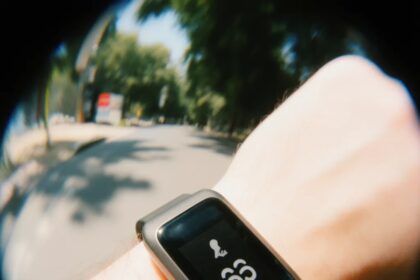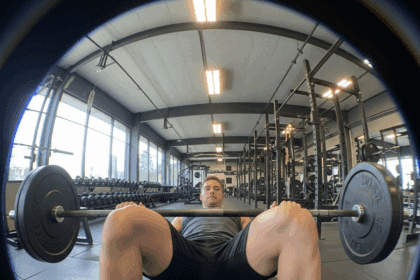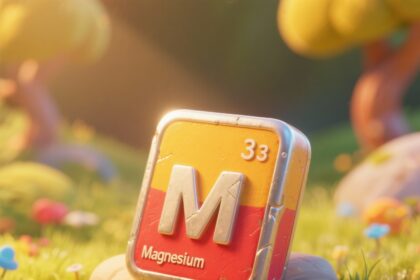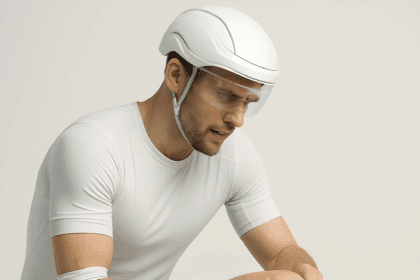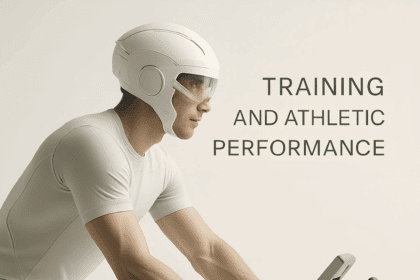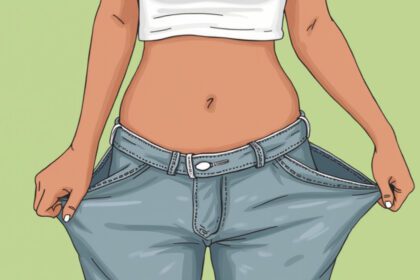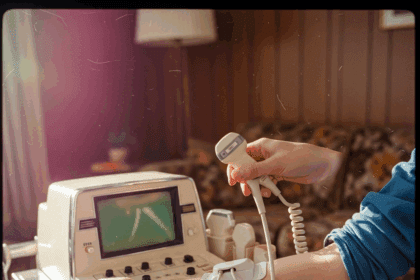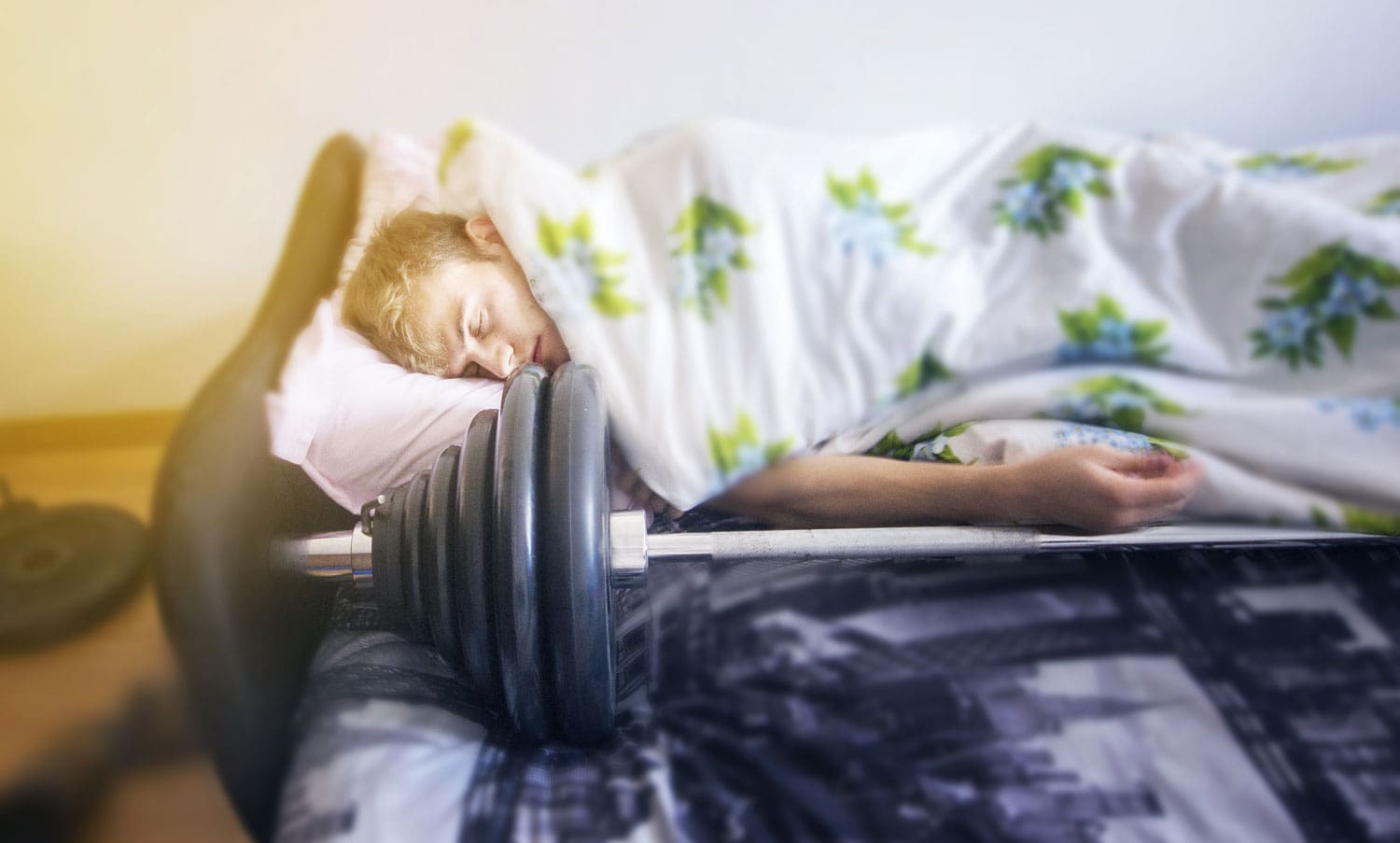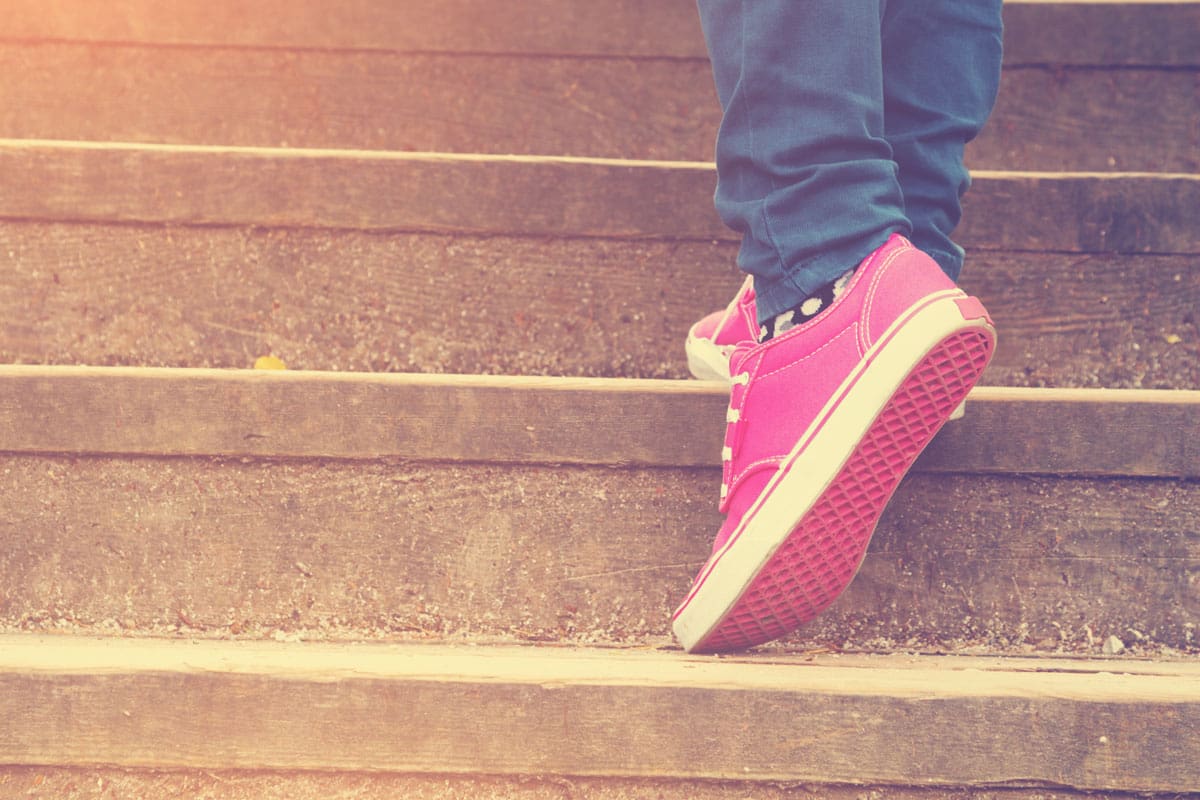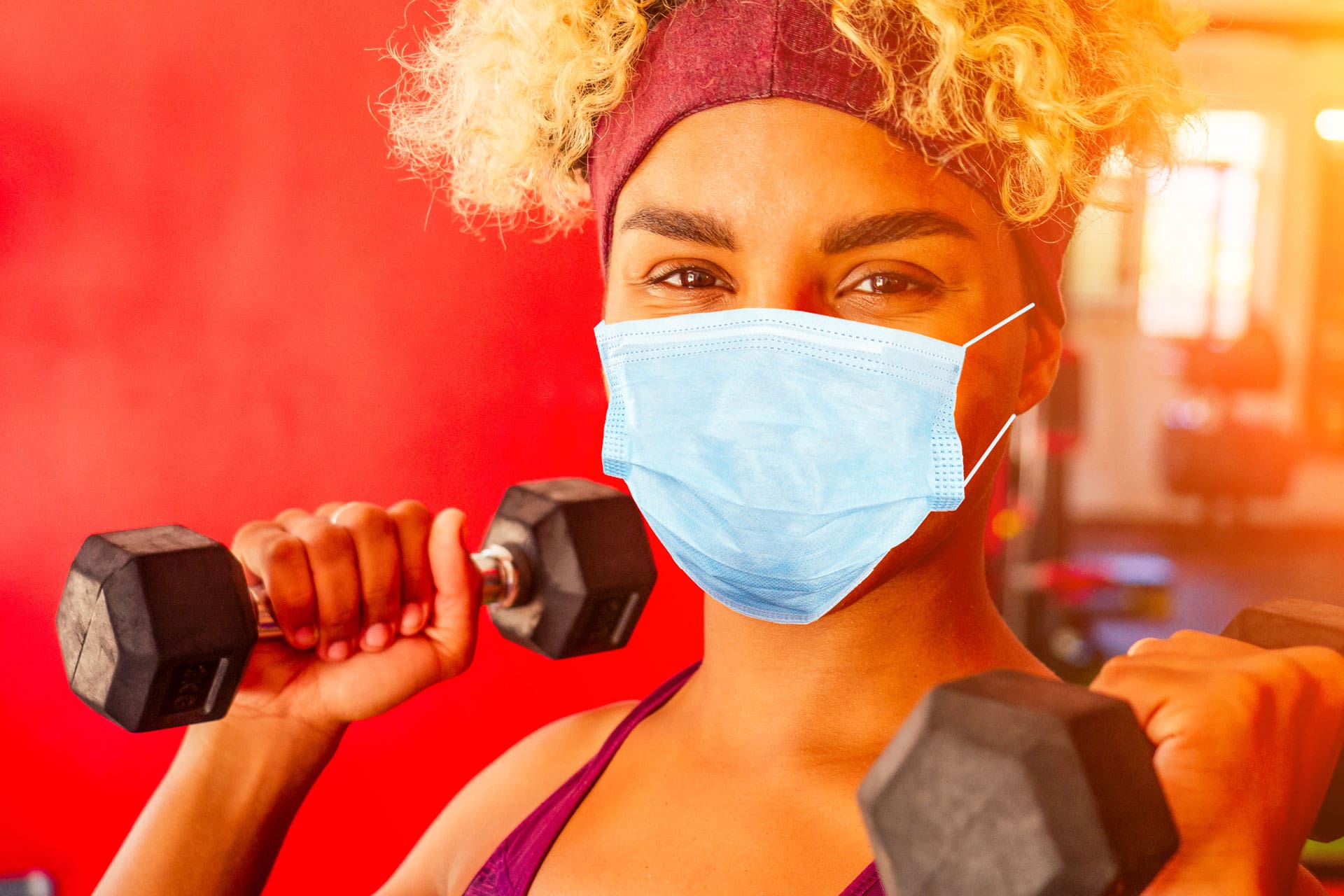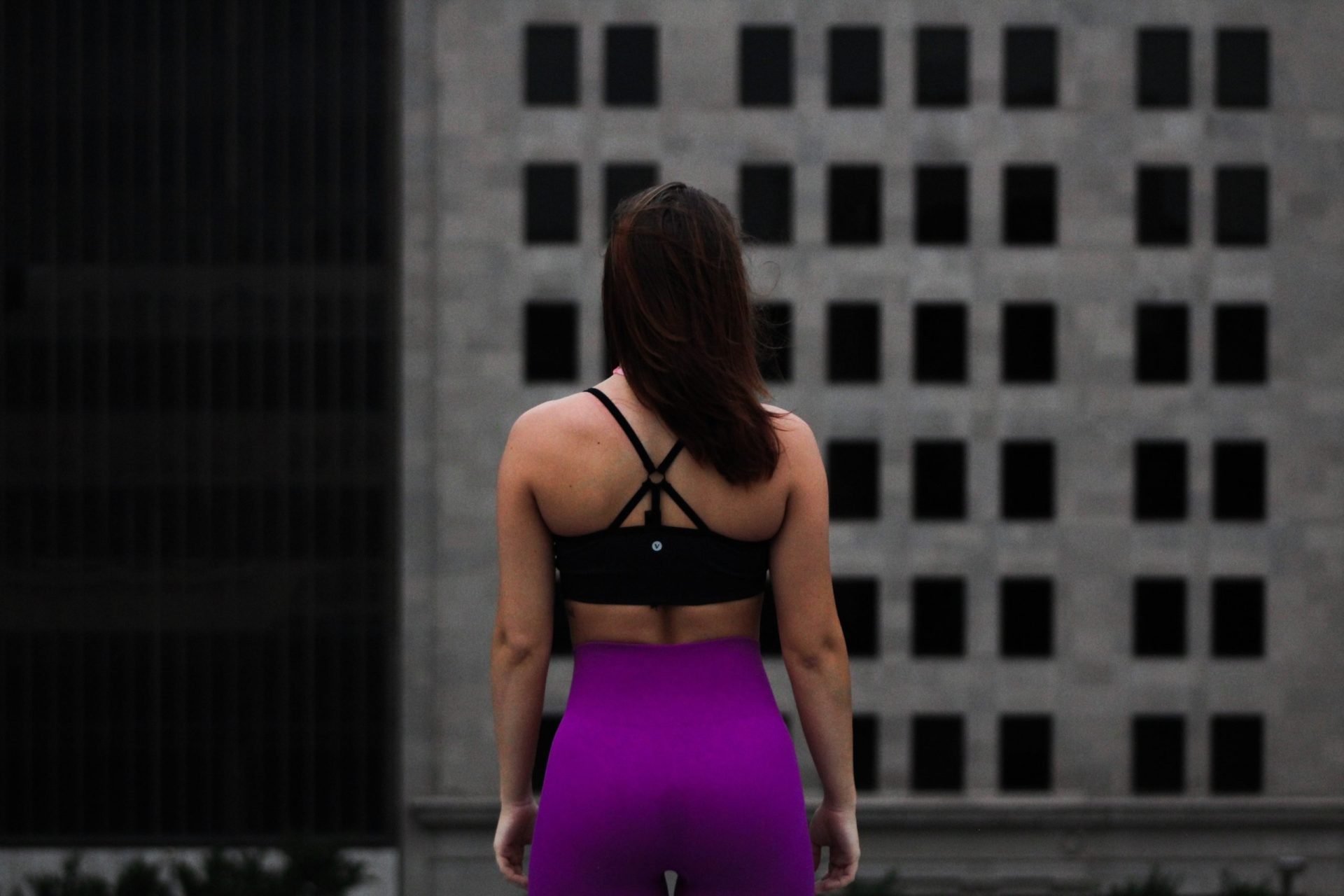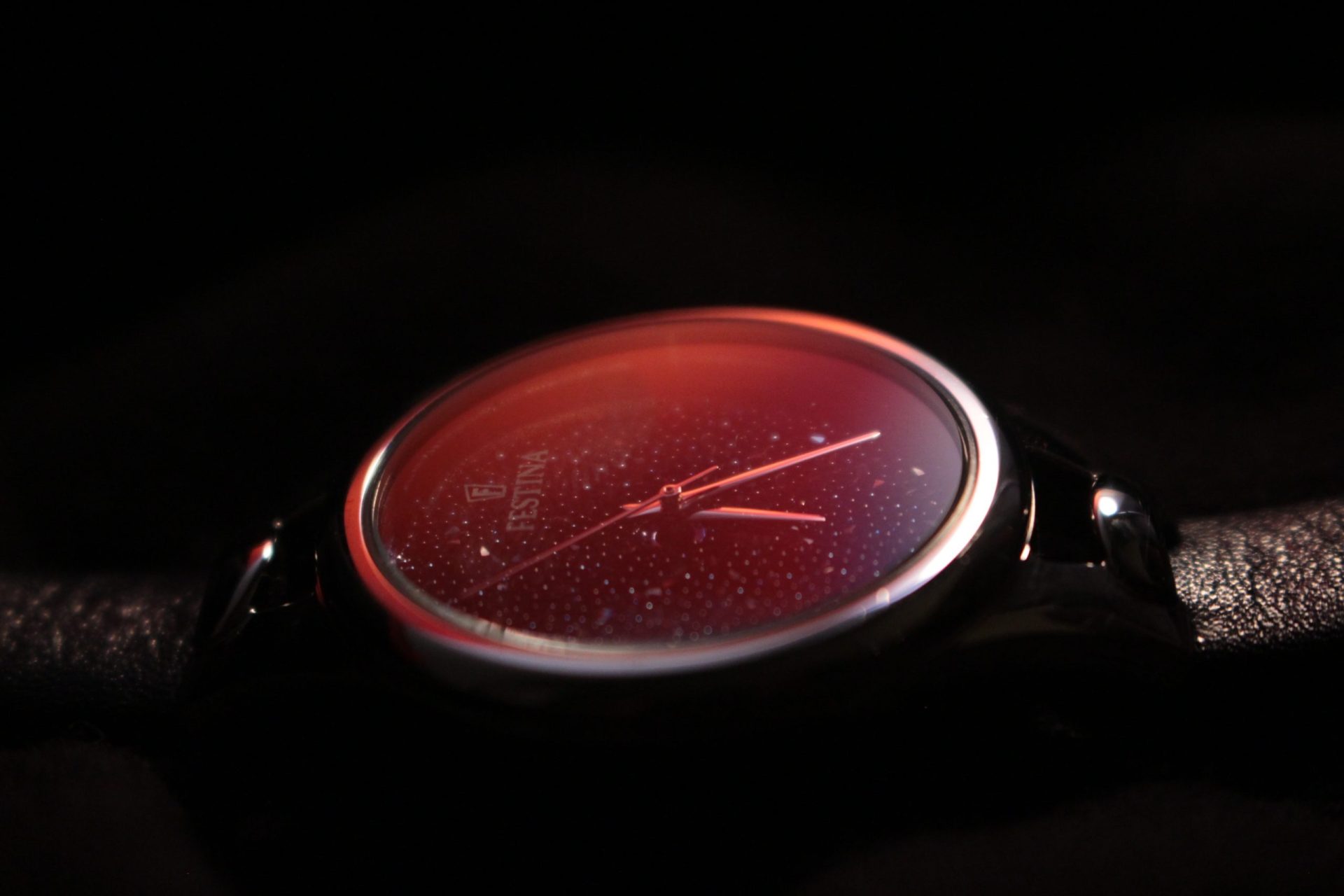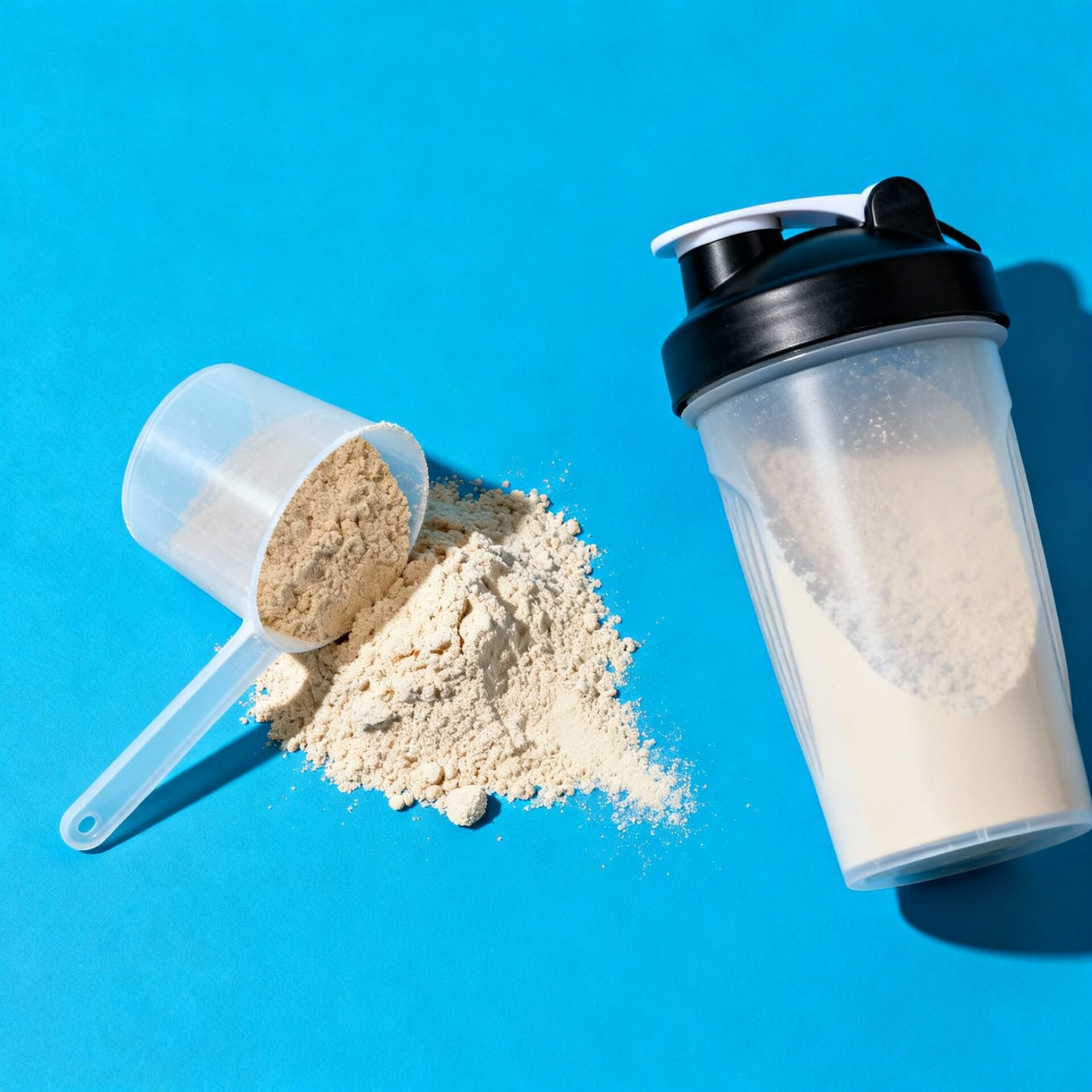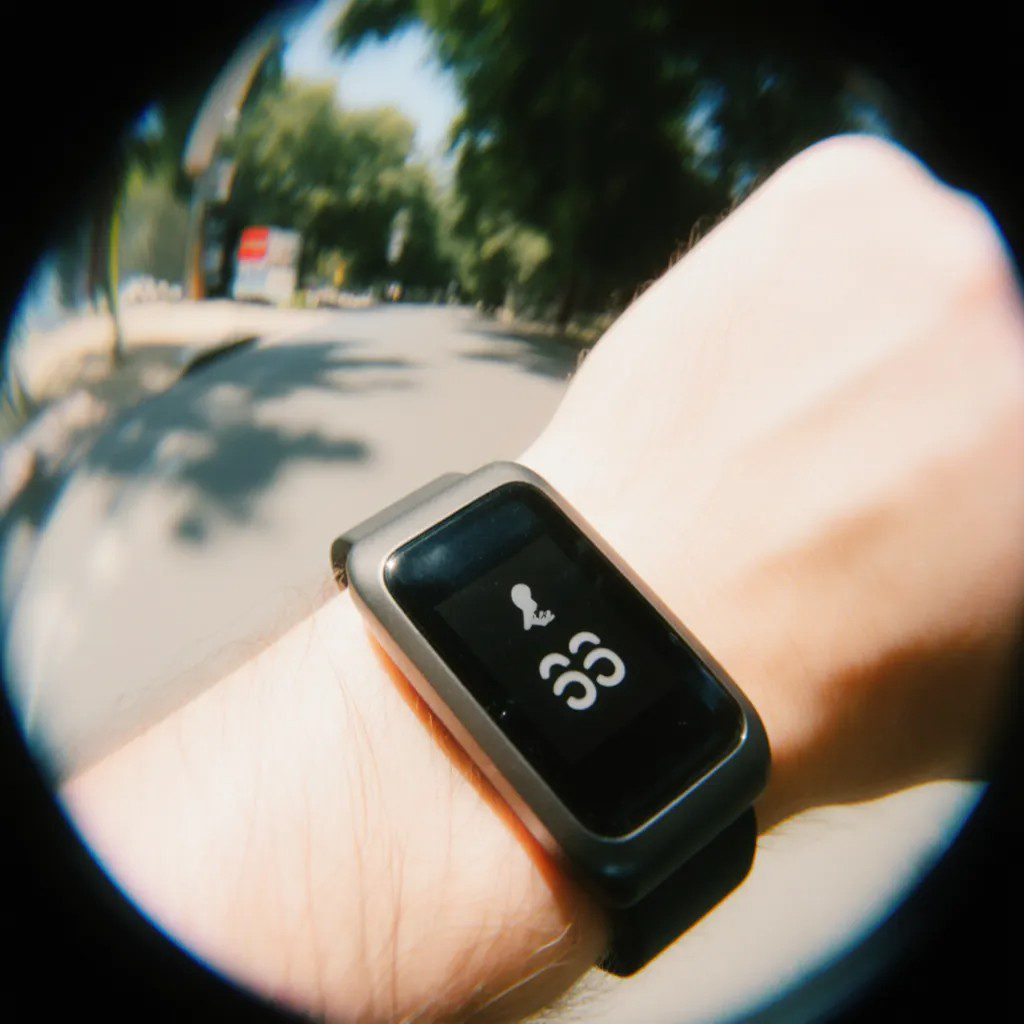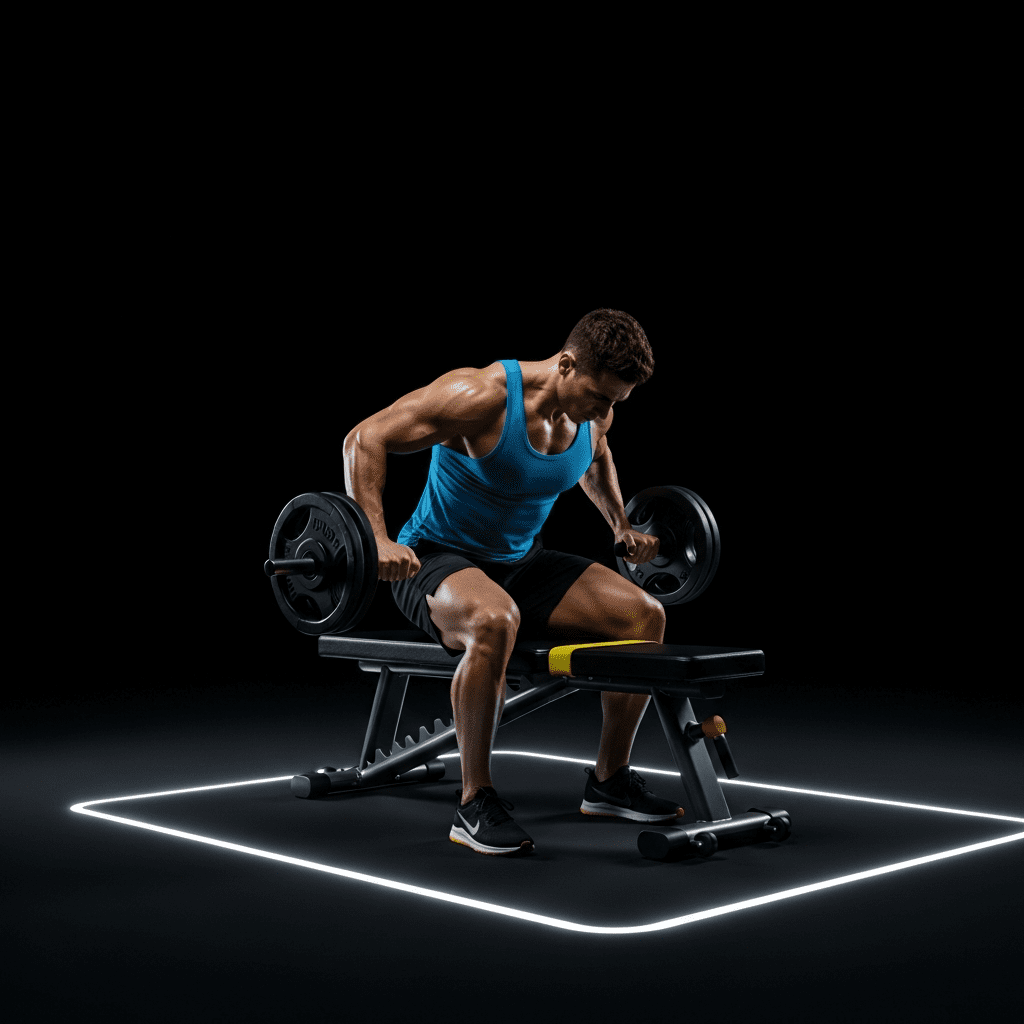Hypoxic training has been used for decades. There are many ways to incorporate this type of training into your regimen. Basically, hypoxic training is limiting the amount of readily available oxygen for your body to use. Conceptually: if the body is forced to work with lower levels of oxygen, it will adapt to transport oxygen more efficiently. Further, the theory holds that it will increase the uptake of oxygen, when available, helping to improve lung function. These are two important factors used to determine aerobic endurance. Therefore, hypoxic training has become a popular, even “trendy” method of training.
According to a 2017 study in the international journal of science, “It is due to the fact that the O2 [oxygen] concentrations are lower.” The body must adapt to these harsh conditions. The body undergoes a series of changes to keep an individual performing in such conditions. Altitude training masks are used precisely as their name implies; they mimic the oxygen available at different altitudes by only allowing a smaller percentage of air through valves on the front of the mask. By doing so, it can mimic higher altitude (hypoxic) training levels and force the body to adapt and work more effectively.
Studies have examined VO2 max levels before and after training to determine if any correlation exists between hypoxic training and athletic performance. “VO2 max” refers to how much oxygen the body can use at the cellular level during maximal physical exertion. The higher the VO2 max, the more oxygenated blood the heart will pump through the body for use by the skeletal muscles. This could allow a higher level of performance for sustained periods of time. It should be noted that VO2 max is not the only factor in terms of performance. It is only one piece of a very complex puzzle. But, hypothetically, if VO2 max could be improved, the athlete should be able to perform longer at greater intensity.
The idea behind hypoxic training seems to make sense. According to a 2017 study, the added stress from hypoxic conditions will “compound the training adaptations experienced with normal aerobic training” leading to an even greater improvement in aerobic exercise capacity. The 2017 study from the Journal of Sports Science and Medicine looked at a group of competitive swimmers to test the theories. The study took twenty competitive swimmers registered in the Korean Swimming Federation and split them into two groups of ten, with five male and five female. One group trained under normal conditions, and the second group trained under hypoxic conditions. The study did thorough testing before and after six weeks of training. The main factors examined were VO2 max and swim times. The study noted that there was “no significant difference” when comparing VO2 max in the 50-meter and 400-meter swimming performances between the two training groups before training began. However, after six weeks of training the hypoxic training group increased their VO2 max more than the group training under normal conditions. Additionally, the hypoxic training group saw a greater improvement in their swimming performance in both the 50-meter and 400-meter swim. The average VO2 max of the group training under normal conditions before training was 58.1 ml/kg/min and the average following training was 60.5 ml/kg/min. This represented an average increase of 2.4 for the group training under normal conditions. The group that trained in hypoxic conditions had an average VO2 max of 54.6 before training, and after training had an average VO2 max of 60.1. This represented an average increase of 5.5. In a six-week period, with both groups completing the same training, the group that trained under hypoxic conditions nearly doubled their VO2 max gain compared to the other group. The swim times also reflected significant differences. The group training under normal conditions averaged 29.2 seconds in the 50-meter swim before training and averaged 28.8 seconds after training. This represented an improvement of 0.4 seconds. However, the group that trained under hypoxic conditions averaged the 50-meter swim in 28.2 seconds before training and 27.2 seconds after training, for an average improvement of 1.0 seconds! Although fractional, the group that trained under hypoxic conditions more than doubled the improvements made by the other group. For a sport that relies on incremental improvement and split second times, the results from hypoxic training were impressive and significant.
Although not related to aerobic endurance, the two groups of competitive swimmers also tested their bench press 1- Rep Max as a part of their strength training. The group training under normal conditions averaged 68.4 kilograms before training and 70.7 kilograms after training for an average improvement of 2.3 kilograms. The group training under hypoxic conditions averaged 68.2 kilograms before training and 76.8 kilograms after training for an average improvement of 8.6 kilograms. In terms of strength training, the group training under hypoxic conditions more than tripled the improvement made by the group training under normal conditions. The study also conducted blood tests before and after training comparing hormone levels. They found that the group training under hypoxic conditions increased their growth hormone levels. These promising findings have led to another popular fitness trend. Blood Flow Restriction (BFR) training similarly constricts the amount oxygen to muscles to increase hypertrophy. The oxygen is restricted by wearing straps on the extremities to limit the blood flow. Although it may look strange at first, they might just be developing a new fitness trend backed by research.
Another 2022 study from The International Journal of Physical Education Sports and Health investigated hypoxic training. The study used thirty participants, aged 17-22. The participants were divided into three groups: a control group, an experimental group wearing an altitude mask, and an experimental group without a mask. The study used a twelve-week training program for the participants and compared the VO2 max before and after the program. After the twelve weeks of training the control group, who did not participate in any training, started with a VO2 max of 54.17 and ended with a VO2 max of 53.77. The experimental group who trained without a mask started with a VO2 max of 54.57 and ended with a VO2 max of 55.95. Finally, the experimental group that trained with the mask started with a VO2 max of 55.37 and ended with a VO2 max of 57.57. The researchers stated “[the results] indicate significant differences exist in VO2 max among the groups.” The difference of 1.865 between the group that did not train with the mask and of 3.493 for the group that trained with the mask. Although the difference between the two groups may seem small, the results are significant.
These two studies of training in hypoxic conditions suggest that it can lead to improvement in aerobic capacity. Limiting the amount of readily available oxygen forces the body to use the limited amounts more effectively. This, in turn, appears to enhance the adaptions made by traditional endurance training. Although everyone may respond differently to training stimulus, these studies did their best to control as many factors as possible. However, adaptations were evident and recorded. Any continuous training may cause adaptations, positive or negative. The two studies showed an overall trend to increase VO2 max using hypoxic training to a greater degree than unrestricted training. One way to include hypoxic training in your regimen may be as simple as wearing an altitude training mask during your endurance training sessions.
References
- Park, H. Y., & Lim, K. (2017). Effects of Hypoxic Training versus Normoxic training on Exercise Performance in Competitive Swimmers. National Library of Medicine.
- Ganguly, S., Chandra Saha, G., Kar, R., & Karmakar, D. (2022). Effect of hypoxic training with elevation training mask on VO2 max. International Journal of Physical Education, Sports and Health. https://doi.org/10.22271/kheljournal.2022.v9.i1e.2386
- Warren, B. G., Spaniol, F. J., & Bonnette, R. A. (2017). The Effects of an Elevation Training Mask on VO2 max of Male Reserve Officers Training Corps Cadets. International Journal of Exercise Science. https://doi.org/http://www.intjexersci.com



